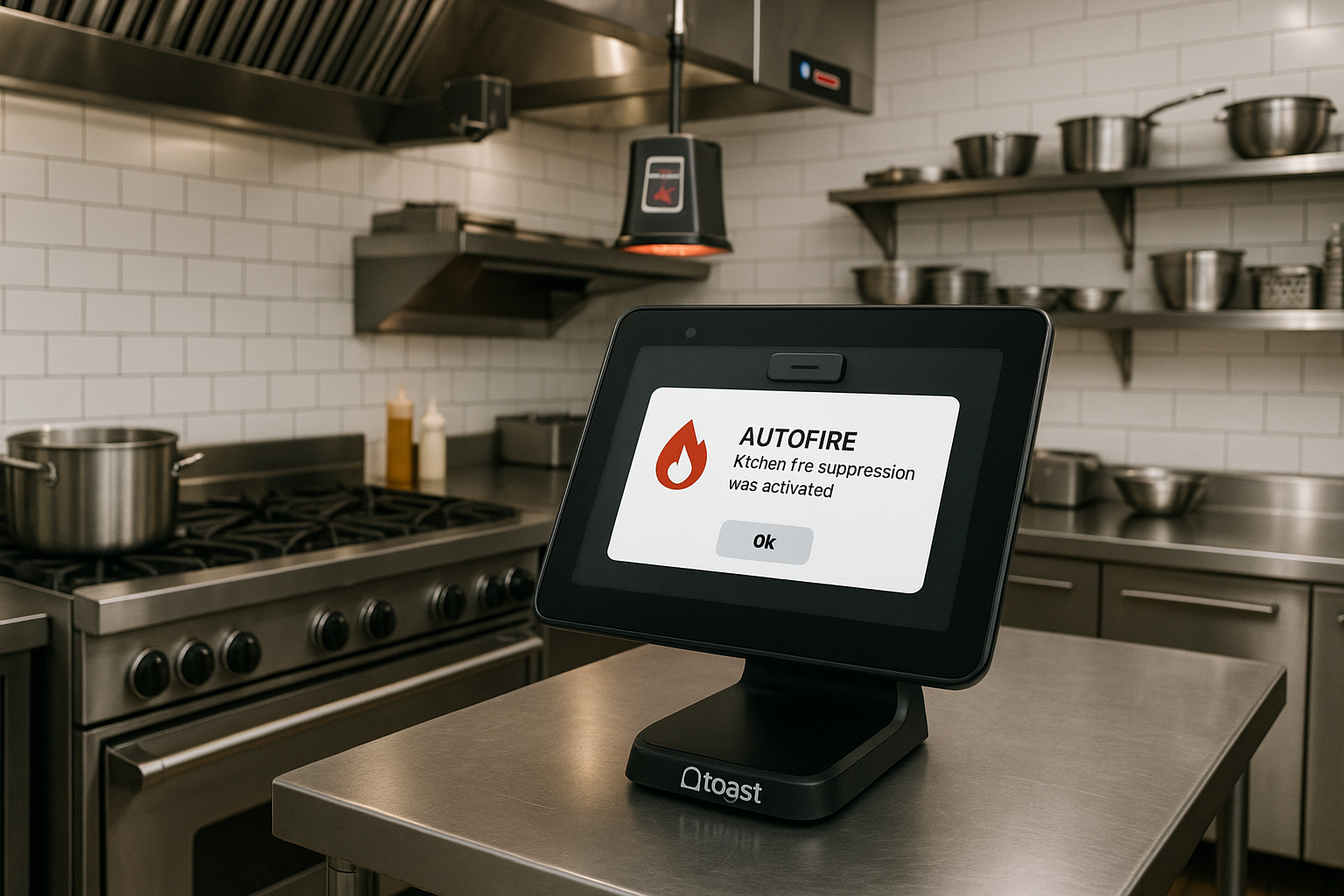When it comes to running a restaurant, managing costs is crucial for sustaining profitability. One solution that has gained traction in the industry is Lightspeed POS, which is recognized for its cost-effective approach. In this article, we will explore how Lightspeed provides an inexpensive system to run while still delivering high-quality service and features.

Lightspeed POS stands out due to its flexible pricing plans, which cater to varying needs and budgets. This adaptability allows restaurant owners to choose a plan that aligns with their business scale, ensuring they are not overspending on unnecessary features. The system also includes various tools that enhance operational efficiency, which can lead to cost savings in the long run.
Additionally, Lightspeed’s cloud-based nature means that restaurant owners need not invest heavily in hardware. This reduces the initial capital outlay significantly, allowing establishments to allocate funds toward other critical areas, such as marketing or staff training. Ultimately, this financial flexibility can be a game-changer for new or small restaurant businesses.
Furthermore, Lightspeed provides intuitive user interfaces and training resources, minimizing the need for extensive staff training. This simplicity can reduce onboarding costs and enable employees to become productive more quickly, ultimately affecting the bottom line positively.
In conclusion, the cost-effectiveness of Lightspeed’s solutions positions it as a compelling option for budget-conscious restaurant owners seeking a reliable POS system.
Key Features that Reduce Operational Costs

Efficient operations are vital for any restaurant aiming to maintain profitability. Lightspeed POS offers a host of features designed to streamline operations, thereby reducing costs. These features include inventory management, sales reporting, and customer relationship management, all integral to keeping expenses in check.
The inventory management system enables restaurant owners to keep track of stock levels and automate reordering processes. This minimizes waste and helps ensure that they only order what is necessary, reducing overhead costs. Additionally, accurate tracking of inventory can lead to more strategic purchasing decisions.
Sales reporting tools provide valuable insights into sales trends and customer preferences, allowing for better-targeted marketing efforts. By identifying popular dishes and peak times, restaurants can optimize staffing and menu offerings, improving service efficiency while controlling labor costs.
Customer relationship management features also help keep customers engaged, reducing marketing expenses. Through personalized communications and loyalty programs, restaurants can foster repeat business, which is often cheaper than acquiring new customers.
Overall, Lightspeed’s features are designed to enhance operational efficiency, making it a cost-effective choice for those in the restaurant industry.
Comparing Lightspeed with Other POS Systems

When considering an inexpensive system to run, it is essential to evaluate Lightspeed against other POS solutions in the market. While several options exist, Lightspeed often emerges as a frontrunner due to its competitive pricing and robust feature set.
Many traditional POS systems require substantial upfront investments in hardware and software, which can be a barrier for smaller establishments. In contrast, Lightspeed offers a subscription-based model that allows restaurants to pay as they grow, making it a more accessible option for new business owners.
Moreover, the ability to access Lightspeed from any device with an internet connection means that operators can manage their businesses remotely. This flexibility is not always available with other systems, which may lock users into specific hardware setups, limiting their operational agility.
Another critical aspect to consider is customer support. Lightspeed provides extensive resources, including tutorials and responsive customer service. This level of support can be invaluable for new users, especially when navigating technical difficulties. In comparison, other systems may lack comprehensive support, leading to frustration and downtime.
In summary, when compared to other POS systems, Lightspeed offers a compelling case for those seeking an inexpensive yet powerful solution for their restaurant operations.
Integration and Scalability Options for Budget-Conscious Owners
A significant advantage of using Lightspeed POS is its capacity for integration and scalability, which are essential features for budget-conscious restaurant owners. As businesses grow or evolve, having a system that can adapt without exorbitant costs is crucial.
Lightspeed seamlessly integrates with various third-party applications, including accounting software, payment processors, and marketing tools. This interconnectedness allows restaurant owners to create a comprehensive operational ecosystem without the need for multiple systems, which can add to costs and complexity.
Scalability is another critical factor. Lightspeed’s architecture allows for easy upgrades and expansions, meaning that as a restaurant grows, the system can accommodate increased transactions and additional locations without requiring a complete overhaul. This adaptability can save significant amounts of money compared to systems that require expensive upgrades or replacements.
Furthermore, Lightspeed offers customizable features, allowing restaurant owners to tailor the system according to their specific needs. This means they can start with basic functionalities and gradually add on as their business demands increase, ensuring a cost-effective approach to growth.
In conclusion, the integration and scalability offered by Lightspeed make it a wise choice for budget-conscious restaurant owners looking to enhance their operations without incurring unnecessary expenses.
Real-World Success Stories Using Lightspeed POS
Real-world examples often illustrate the effectiveness of a system better than theoretical discussions. Numerous restaurants have successfully integrated Lightspeed POS into their operations, reaping the benefits of its cost-effective features and capabilities.
For instance, a small café that adopted Lightspeed reported a 20% increase in efficiency within the first month. By utilizing the inventory management features, the owner was able to reduce food waste significantly. Additionally, the sales reporting tools provided insights that led to menu adjustments, ensuring higher profitability on popular items.
Another case involves a multi-location restaurant chain that leveraged Lightspeed’s scalability. Initially starting with one location, the owners were able to expand to three additional sites without needing to switch POS systems. This seamless growth offered substantial savings in both time and resources, demonstrating Lightspeed’s adaptability.
Moreover, several restaurants have praised the customer support they received during onboarding. The smooth transition to Lightspeed ensured minimal disruption in operations, allowing them to continue serving customers effectively.
Through these success stories, it becomes evident that Lightspeed POS is not only an inexpensive system to run but also a powerful tool for enhancing operational efficiency and profitability.
Conclusion
In conclusion, Lightspeed POS stands out as a cost-effective solution for restaurant owners seeking an inexpensive system to run. Its flexible pricing, powerful features, and ability to integrate and scale make it an attractive option for businesses of all sizes. By investing in Lightspeed, restaurant owners can streamline operations, reduce costs, and ultimately enhance their profitability.


